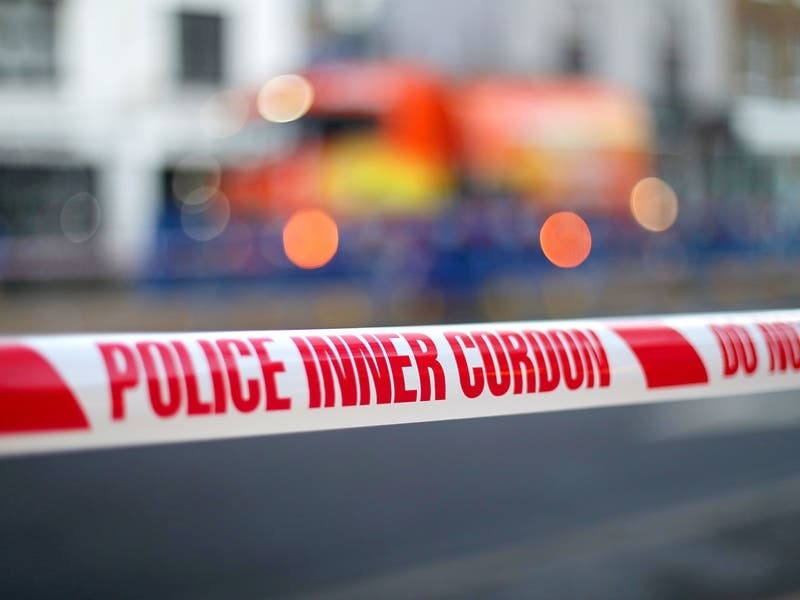In December 2017 Ben Hill, founder of Clear Harbour Air, announced that he was intending to run up to ten 15-minute flights a day on a 14-seater aircraft, landing and taking off in the Small Roads – the southern approach the Harbour entrance.
Mr Hill previously hoped to begin running the service as early as last Easter, but his idea has since come under a high degree of public scrutiny from harbour users.
Subsequently, in April, Ports of Jersey commissioned marine consultants Marico Marine to conduct a navigational risk assessment and consult port users and staff over the plans.
And earlier this month the company published its findings, which found that if a number of safety measures were put into place, the seaplane service could operate around the Harbour in a safe manner.
However, they have also strongly recommended that Clear Harbour Air undertakes a trial period before any ‘formal commencement’ of operations.
According to a report accompanying the risk assessment, the most common concerns highlighted by port users were additional delays caused by the planes moving in and out of the Harbour, concerns that the existing five-knot port speed limit would be breached or extended, and a general concern that new regulations would be introduced – such as exclusion areas and more port traffic lights.
Fears were also raised about congestion in the Small Roads approach to the Harbour, the increased risk of collision between port users and difficulty in communication between the seaplane and visiting yachtsmen – particularly those who do not have English as a first language.
Marico Marine also found that the highest-ranked hazard was the possibility of boats colliding with each other while trying to avoid seaplanes.
Within their report they have compiled a list of 19 ‘additional risk controls’ which should be implemented if the seaplane enters service.
These include the red traffic lights being used to allow aircraft to move safely between its proposed Albert Pier Berth and the Small Roads, ensuring that aircraft seek permission from Harbour authorities to exceed the five-knot speed limit and making pilots complete a local knowledge programme designed to familiarise pilots with the Harbour.
It added: ‘Given the high incidence of red-light infringement incidents reported in previous years, particular care must be taken to ensure the effective implementation of this control measure.’
Mr Hill, founder of Clear Harbour Air, said: ‘We are pleased with the outcome of the independent navigational risk assessment carried out by global maritime experts Marico Marine into our seaplane operation for their client Ports of
Jersey.
‘This positive report allows us to continue to move ever closer to delivering our inter-island seaplane service to the Channel Islands next year.’






